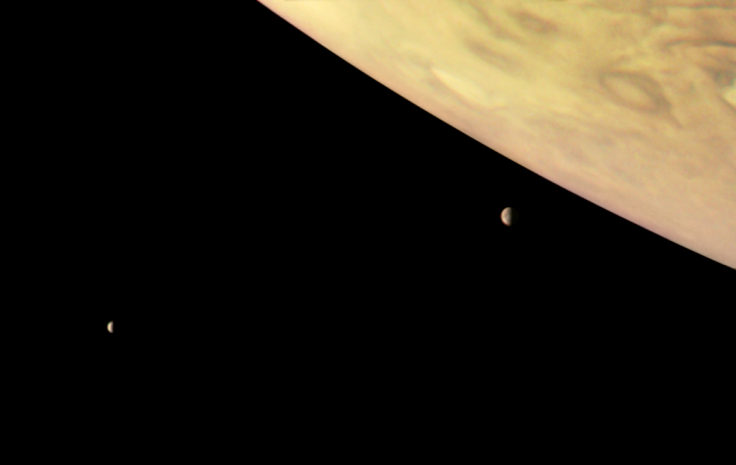Astronomers discover one-of-a-kind Jupiter Trojan
The trojan dubbed 2019 LD2 has a comet-like tail attached to the asteroid.
Astronomers discover a unique comet-like asteroid close to Jupiter's orbit. It is one of a kind discovery because nothing like this space object has ever been seen before, making it the first known object like it.
The mysterious celestial body is named 2019 LD2 and described as continuously active. Due to its similarities to comet and asteroids, it is a rare Trojan asteroid, a large group of asteroids that are found in Jupiter's orbit around the Sun.
The discovery was made by the researchers at the University of Hawaii's Asteroid Terrestrial-impact Last Alert System (ATLAS) telescope system in June 2019. ATLAS is a NASA funded project that is dedicated to discovering dangerous asteroids that could be a threat to Earth.
Upon deeper analysis of the ATLAS images captured on June 10 by collaborators Alan Fitzsimmons and David Young at Queen's University Belfast, it was found out that the asteroid has "cometry nature," according to the press release. Therefore, follow-up inspection was carried out by the university's J.D. Armstrong and his student Sidney Moss on June 11 and 13 using the Las Cumbres Observatory (LCO) and they confirmed the similarities in the Trojan's nature. More observations were made on July 19 and the asteroid that was once a faint object near the planet's orbit now became clearer with its faint tail made of dust or gas. It disappeared behind the Sun and reappeared for more observation in April 2020.
This happens to be ATLAS' one of the most "extraordinary" discoveries due to its orbit and comet-like tail. It is said that no such astronomical object was seen before.
"We have believed for decades that Trojan asteroids should have large amounts of ice beneath their surfaces, but never had any evidence until now. ATLAS has shown that the predictions of their icy nature may well be correct," said Alan Fitzsimmons.
While the scientists are still looking for an explanation for Trojan's strange nature, it is believed that the LD2 may have collided with another asteroid exposing ice that could have been buried under a protective layer of rock.
"Even though the ATLAS system is designed to search for dangerous asteroids, ATLAS sees other rare phenomena in our solar system and beyond while scanning the sky," said ATLAS project co-Principal Investigator Larry Denneau. "It's a real bonus for ATLAS to make these kinds of discoveries," he added.

2019 LD2 is one of the 40 comets discovered by ATLAS since it began observations in 2015. It consists of two telescopes, 100 miles apart.
© Copyright IBTimes 2024. All rights reserved.





